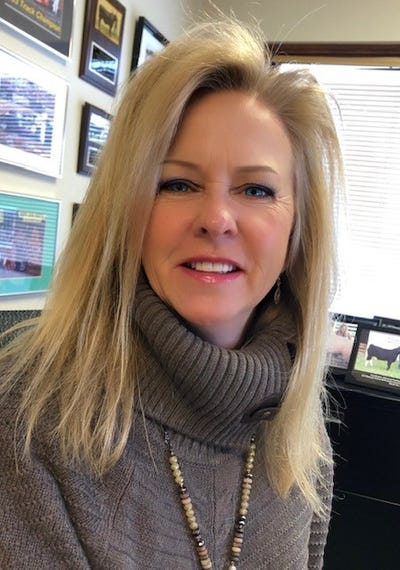
Even though the crop is green and growing, in just a matter of thirty to forty-five days, harvest will be starting in the Midwest. Having a game plan for marketing before harvest will help eliminate those last-minute decisions which add to harvest time stress.
Now is the time to be looking at storage alternatives and weighing logistics versus return. This week has been filled with phone calls to producers visiting about bushel expectations and storing versus selling.
Move soybeans
When looking at the current market structure, beans are telling the producer to move the crop at harvest or shortly thereafter. The futures market is hungry for beans this fall, exhibited by lack of carry.
When looking at November 2020 bean futures from the CBOT, today at $8.98, versus January futures at $9.03 and March at $9.01, the market structure is indicating a producer should move beans sooner rather than later.
Fall basis values in many areas will make it attractive to sell beans off the combine or move them in the November or December timeframe and re-own them with a call option.
Keep corn
Corn, on the other hand, is giving a market signal to store and lock in the carry the market is offering.
If you have enough storage, you may want to look at December delivered values for corn as some of those cash basis values are historically attractive. Farmers in many areas like to take advantage of an early December timeframe to deliver some bushels to core bins after harvest, checking corn conditions and creating a little cash flow before year end.
For producers who will not have enough on-farm storage, this is the time of the year to be weighing alternatives on paid storage or making a cash sale and buying calls to re-own some bushels. If harvest basis is attractive, this scenario would be beneficial in many ways. With the relatively low volatility continuing in call options, making the cash sale and buying the call may cost less than paying storage. This would establish a minimum price the farmer knows and give cash flow while allowing the producer to take advantage of a higher market if that should happen down the road.
Doing some homework now will ease the burden of decision-making when harvest really gets going. It is a good time to visit with your local elevator on alternatives, including storage costs or minimum price contracts.
Market movers
This week many producers were asking, “what can make prices go up?” We still have a pile of bushels from the 2019 corn crop remaining to be sold, plus a good looking corn crop in the field. It is necessary to make plans on when you will be moving bushels.
Keep in mind, this is an election year and many things we least expect can make the market move higher and lower. The U.S. dollar weakening should offer a very strong export picture on corn and beans. The farmer will need to be given a carrot to move corn, which in turn should make basis do some work.
There are many times factors we never see coming that will make a market do the opposite of our thoughts. This year will be important to pick up pennies.
Your fall marketing checklist
Calculate expected production (updating yields post-pollination)
Allot storage to the product that is paying storage returns if possible (logistics is hard to pencil a number but plays a role in what may get stored)
Be prepared to lock in a price and manage carry to maximize return on storage
Physical management of storage is vitally important – nothing worse than poor quality taking away from low price
Study your local historical basis values so you have an idea what a “bird in the hand” type basis is -execute if given an opportunity prior to when you need to make the decision to move the product
Look forward so you do not get caught having to market because of cash flow needs; plan ahead, to be sold before you need the money.
Most import, have a safe harvest!
Contact Advance Trading at (800) 664-2321 or go to www.advance-trading.com
Information provided may include opinions of the author and is subject to the following disclosures:
The risk of trading futures and options can be substantial. All information, publications, and material used and distributed by Advance Trading Inc. shall be construed as a solicitation. ATI does not maintain an independent research department as defined in CFTC Regulation 1.71. Information obtained from third-party sources is believed to be reliable, but its accuracy is not guaranteed by Advance Trading Inc. Past performance is not necessarily indicative of future results.
The opinions of the author are not necessarily those of Farm Futures or Farm Progress.
About the Author(s)
You May Also Like






